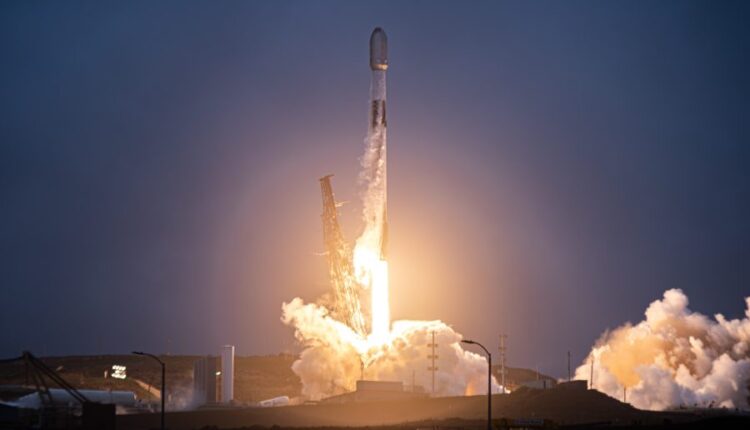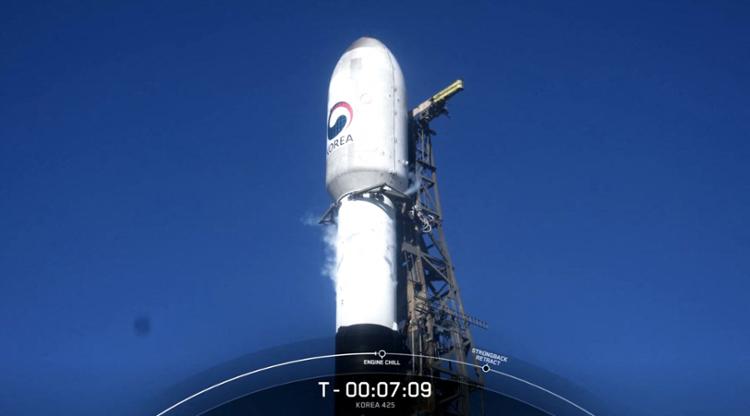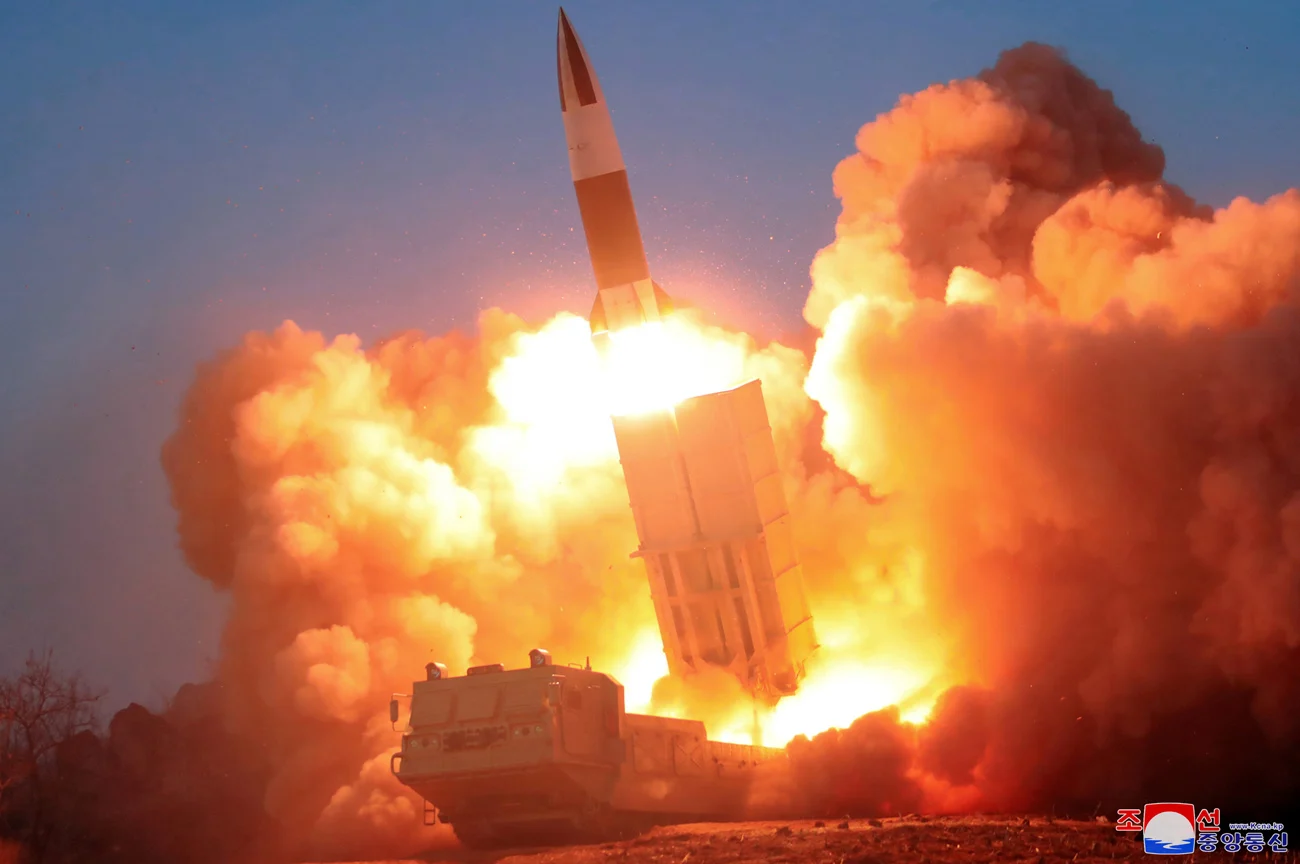Pyongyang and Seoul Engages in Spy Satellite Launch Race
The military rivalry between South Korea and its formidable counterpart, North Korea, has transcended into the realm of outer space. Despite the enduring technical state of war between these neighboring nations, both have launched their spy satellites within the remarkably condensed timeframe of one week.


(DEFENCE SECURITY ASIA) — South Korea has successfully launched its first spy satellite from a United States military base in California yesterday, approximately a week after North Korea launched its own reconnaissance satellite, the “Malligyong-1,” into orbit on November 21.
This action by South Korea is likely an effort by Seoul to enhance its space reconnaissance capabilities in the face of increased threats from its neighboring country.
The military competition between South Korea and its “formidable adversary,” North Korea, has now extended into outer space, with both nations launching their respective spy satellites within a week of each other.
According to reports from the Korea Times, South Korea’s reconnaissance satellite was launched into orbit using the Falcon 9 rocket owned by Space X from the Vandenberg Space Force Base in California.
It was successfully placed in its orbit approximately four minutes after its launch at 10:19 AM (GMT) and successfully communicated with its ground station at 11:37 AM (GMT), indicating normal satellite operation.

Previously, South Korea relied on the United States to obtain high-resolution satellite images, especially related to security and military matters.
However, in recent years, Seoul has expressed the desire to operate its own spy satellites.
Starting with satellites equipped with Electro-Optical Infra-Red (EO/IR) capabilities, South Korea aims to launch four additional Synthetic Aperture Radar (SAR) satellites into space by 2026 to establish a surveillance and monitoring network over North Korea from outer space.
EO/IR satellites can capture surface images of the Earth but are unable to penetrate thick clouds, whereas SAR satellites can collect information regardless of weather conditions using remote sensing systems.
Senior military officials in South Korea hope that the country’s first spy satellite, followed by four more satellites by 2025, will enhance the capabilities of the “Kill Chain Preemptive System” and serve as the “eyes” for Seoul, enabling rapid detection of any signs of guided missile launches by North Korea.

A few days ago, North Korea’s news agency, the Korea Central News Agency (KCNA), claimed that its spy satellite named “Malligyong-1” had taken pictures of sensitive locations in the United States, including the White House, the official residence of President Joe Biden.
Additionally, KCNA alleged that their spy satellite had captured images of the U.S. aircraft carrier USS Carl Vinson docked at a naval base in Busan, South Korea.
North Korean leader Kim Jong-un reportedly viewed images of U.S. military bases in Pearl Harbor and Hickam in Honolulu, Hawaii, as the satellite passed over Hawaii at 5:13 AM (Pyongyang time), according to the news agency.
Prior to this, Kim Jong-un had visited the General Control Center of the National Aerospace Technology Administration (NATA) in Pyongyang to learn about the operations of the spy satellite.

The North Korean news agency also claimed that their spy satellite had taken pictures of U.S. and South Korean military bases, including Mokpo, Gunsan, Pyeongtaek, Osan, and Seoul.
According to KCNA, Pyeongtaek is the location of Camp Humphreys, the largest overseas deployment for U.S. military personnel. Additionally, U.S. military bases are also located in Gunsan and Osan in South Korea. — DSA

DEFENCE SECURITY ASIA APPS
To advertise contact: haikalhamas73@gmail.com

Comments are closed.